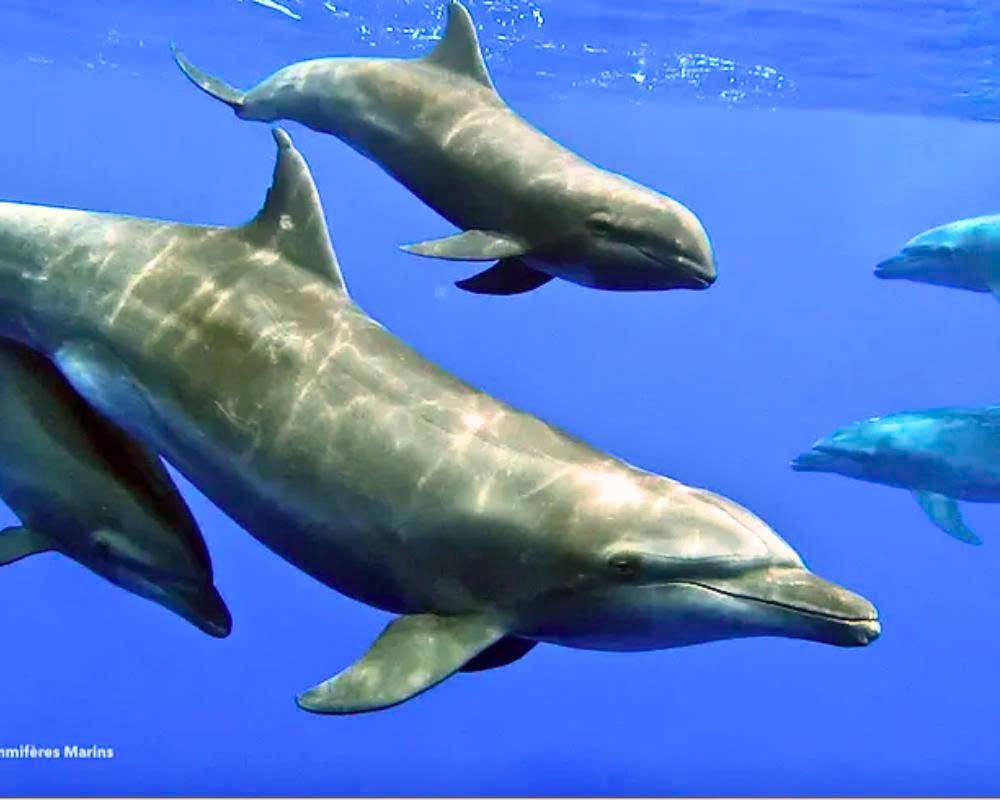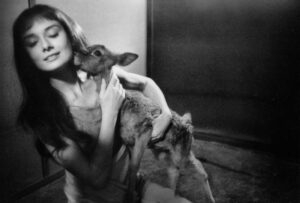In a world where wild survival often means fierce competition, sometimes nature surprises us with compassion that defies all logic. In one such astonishing case, a bottlenose dolphin was observed doing the unimaginable — adopting a baby melon-headed whale and caring for it as her own.
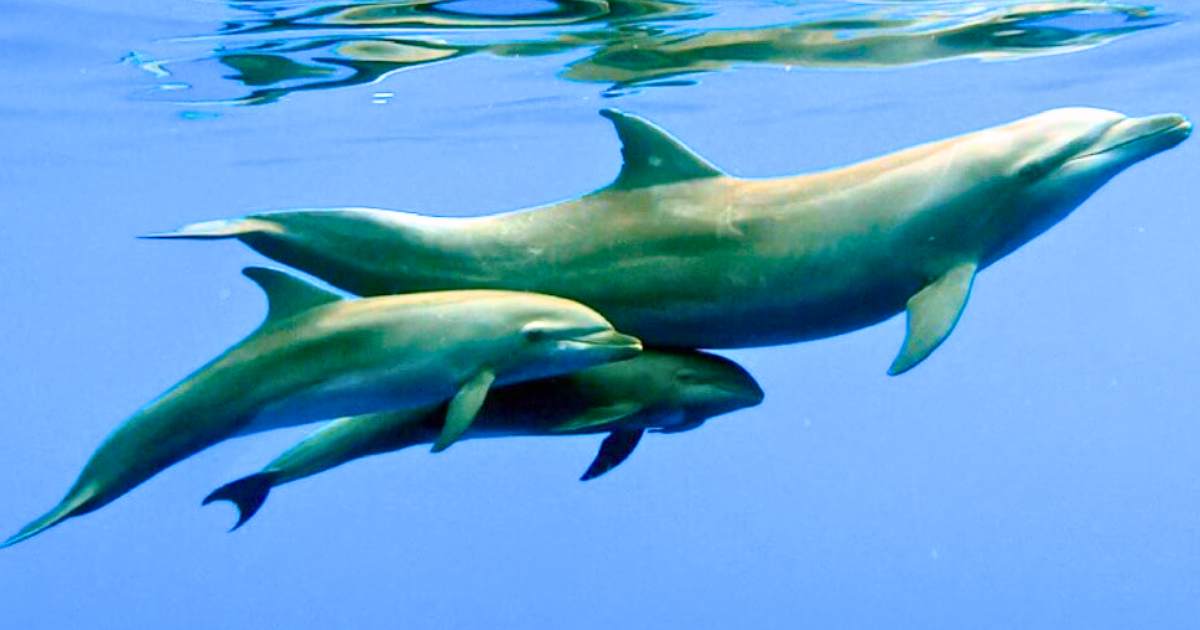
This rare and tender story — confirmed by National Geographic and marine biologists in French Polynesia — is the first-ever documented case of a dolphin raising a whale from a completely different species.
Yes, you read that right. A wild dolphin not only took in an orphaned whale calf but nurtured it for over three years, long after her own biological calf mysteriously disappeared.
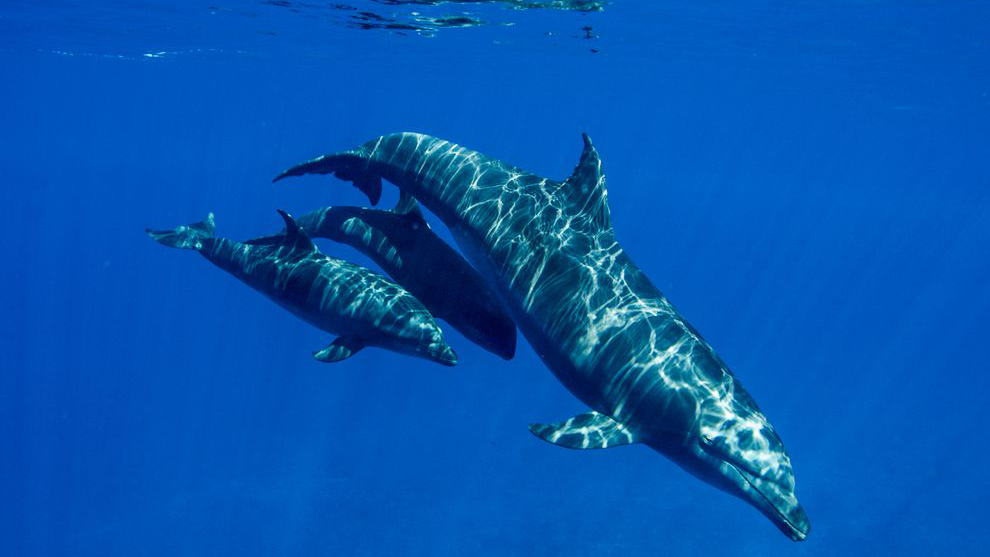
🤯 Wait… a Dolphin Raising a Whale?
It sounds like something out of a children’s book — but this is real science backed by years of observation.
The story began in 2014, when researchers in French Polynesia spotted a female bottlenose dolphin swimming closely with a strange-looking calf. Upon closer examination, they realized the calf wasn’t a dolphin at all — it was a melon-headed whale, a species rarely seen in such tight association with dolphins.
“It was more than just curiosity,” said one marine biologist. “The dolphin was clearly playing the role of a mother.”
This behavior stunned scientists. While interspecies adoption has occasionally been noted among animals, it is extremely rare in the wild, especially between such genetically distant species.
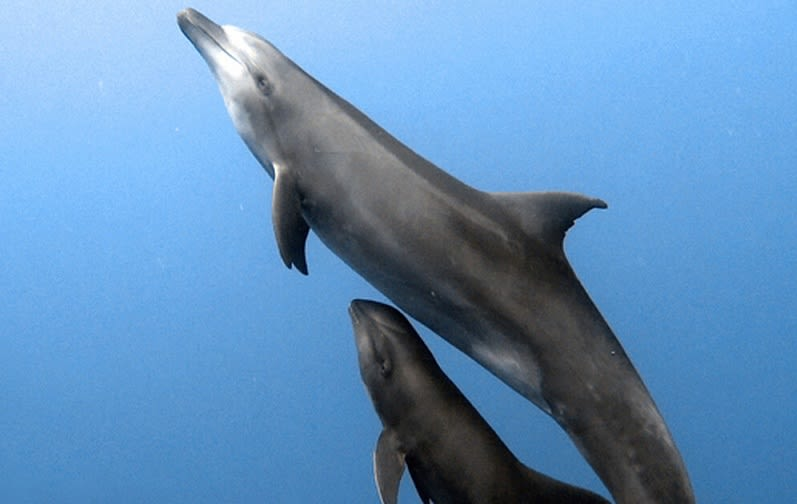
👩👦 A Bond Stronger Than Blood
What made the case even more extraordinary was the dolphin’s commitment. This wasn’t a passing encounter. She fully integrated the baby whale into her dolphin pod — a group of 30 bottlenose dolphins.
The calf:
-
Learned dolphin behaviors, such as surfing waves and traveling in formation
-
Stayed longer with the dolphin than her own biological calf, who vanished under unknown circumstances
-
Was even seen nursing, though scientists still debate whether actual lactation occurred or if it was a nurturing gesture
“We define who we are by the company we keep,” joked one researcher, “and this little whale clearly believes it’s part dolphin now.”
🤔 Why Would a Dolphin Do This?
So what makes a dolphin — an animal known for its intelligence, social complexity, and emotional depth — take in an unrelated species?
While no one can say for sure, there are a few plausible explanations:
-
Maternal instinct override: Dolphins, especially females, are known for intense maternal behaviors. The loss of her own calf may have triggered an emotional need to care for another.
-
Social experimentation: Bottlenose dolphins have been known to “kidnap” or briefly interact with calves of other species — though never for this long.
-
Emotional intelligence: Dolphins are deeply emotional creatures. Cases of grief, mourning, and bonding are well-documented.
🔗 Also Read: Mother Gazelle Fights Giant Eagle to Save Her Baby — A Wild Standoff
🧠 Dolphins: The Emotional Genius of the Sea
This isn’t the first time dolphins have shown astonishing emotional capacity. In a separate incident reported in Australia, a grieving dolphin mother was seen nudging the lifeless body of her calf, who had died after becoming entangled in a crab trap.
Instead of removing the calf immediately, marine experts chose to let the mother grieve, understanding the depth of loss dolphins can experience.
“There’s life and death in nature,” said a marine researcher, “but how animals respond tells us something profound about their minds.”
The story of the dolphin–whale duo taps into the same theme — a remarkable level of empathy and attachment that rivals that of humans.
🐋 Who Are Melon-Headed Whales?
Let’s pause for a second: What exactly is a melon-headed whale?
| Feature | Description |
|---|---|
| Species | Peponocephala electra |
| Size (Adult) | 2.1–2.7 meters (6.9–8.9 ft) |
| Weight | Up to 275 kg (600 lbs) |
| Group Behavior | Extremely social, live in large pods |
| Usual Companions | Other whales, rarely dolphins |
| Habitat | Tropical & subtropical ocean waters |
So this isn’t just a case of a dolphin raising a slightly different kind of dolphin. This is a cross-family adoption, something that goes against every instinct for survival and reproduction in the animal kingdom.
💬 What Makes This Case So Special?
Here’s what sets this event apart from other animal bonding stories:
✅ First confirmed long-term adoption of a whale by a dolphin
✅ The adopted calf learned and mimicked dolphin behavior
✅ The dolphin had her own calf, but chose to focus on the orphan
✅ Adoption lasted over 3 years, not just a few days or weeks
✅ It’s a living example of emotional cross-species bonding in the wild
🔗 Also Read: Leopard Catches Baby Monkey Three Times—And Lets It Go Each Time
🐾 Lessons from the Ocean: What This Means for Us
In a world full of conflict, stories like these remind us of a few simple truths:
-
Kindness transcends species
-
Loss can be met with healing
-
And sometimes, love doesn’t follow the rules of biology
Whether you’re a researcher, a wildlife enthusiast, or someone simply scrolling through the internet — this story might leave you with a renewed appreciation for the depth of animal emotion and the complexity of the natural world.
❤️ Final Thought: Will the Duo Stay Together?
As of the last report, the dolphin–whale pair were still seen swimming together, their bond seemingly unbroken. The whale calf has grown significantly and continues to copy dolphin behaviors, integrating deeper into the pod.
No one knows how long this unusual family will last — but one thing is certain: it has already made history.
📣 Share the Wonder:
If this story warmed your heart, don’t keep it to yourself. Share it with friends, family, or your social followers. Let’s celebrate the unexpected acts of love and loyalty that nature sometimes offers us.
